With the head and barrels off and a look down the bores and “Olay”, l could see the faint swirl marks left through the honing stage in finishing barrels.
Those swirl marks show that all is well between pistons and barrels, this engine had been running on the rich side there was lovely soft carbon on the top of the piston. Soft carbon can be differentiated for hard carbon which has an ashen gray appearance by its pitch blackness. The ashen grey carbon spells trouble with rings, piston skirts and barrels. When we burn petrol it has to be mixed with air, the carbon does this bit as long as it is set up correctly to give the right air to petrol mix through its many orifices and jets. When setting Carburettors up, particular for the small Honda CBs, it is best to run a little rich, IE more petrol to air, but not in the detriment to clean running and combustion. If we were to race a CB400 Honda we would set the carburettors up to run slightly off the rich side, this would give us a little more performance as all the fuel that entered the combustion chamber would be burnt up giving full burning performance, on road vehicles of the historic variety we wish to keep going for as long as possible, the best set up is not to attain a full fuel burn for performance but to set up the carb on the slightly rich side, this will save your engine for the next generation so they can clean the tops of the pistons, wire brushing soft black protective carbon from there crowns.
Have you ever thought how great K and N or any aftermarket filters would liberate the engine from its air box, forget it, don’t do it, it really mucks up carburetion and can send the best mechanic into despair checking plugs, ignition timing, plugs leads and all sorts don’t do it, life’s to short. Keep the air box. The only weak point with the little Honda 4s is the carburettors, if the bike is to be laid up for some time and not used I can guarantee the carbs will suffer. Fuel has changer from good old lead fuel to lead free ethanol based fuel. Unfortunately when this modern fuel sits in 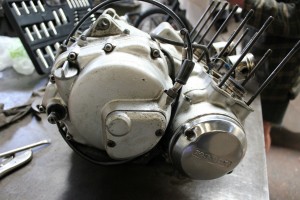 the carb bowls and fuel system it attracts the water because it is hydroscopic. Early carbs have brass floats as well as all the other fittings such as jets which become furred up with copper oxide (green stuff). Rubber seals suffer from water absorption in carbs. Rubber seals have not changed with the evolution of modern ethanol based fuels. And when you buy a new seal kit for your carbs they will be made in the same spec as 30 or 40 years ago.Use you Honda and you will benefit even if you leave it in the garage or drive idling for 15minutes ones a month. It will keep your rubber seals supple and sealing and there will not be any horrible copper oxide.
the carb bowls and fuel system it attracts the water because it is hydroscopic. Early carbs have brass floats as well as all the other fittings such as jets which become furred up with copper oxide (green stuff). Rubber seals suffer from water absorption in carbs. Rubber seals have not changed with the evolution of modern ethanol based fuels. And when you buy a new seal kit for your carbs they will be made in the same spec as 30 or 40 years ago.Use you Honda and you will benefit even if you leave it in the garage or drive idling for 15minutes ones a month. It will keep your rubber seals supple and sealing and there will not be any horrible copper oxide.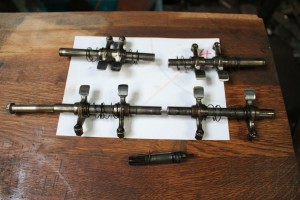
We were offered a 1976 CB400 F, brand new never run for 36 years and the only reason why it would not start were the carbs. Coming back home to the engine inspec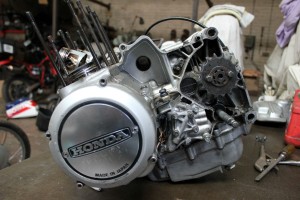 tion, camshaft cylinder bore, piston. The next thing to change regardless of how good they look are the valve seals, visually green rubber with a little double coil spring wrapped around them to hold them onto the top of the valve guides usually on the exhaust side, these are sometimes supplied in a black colour but they do the same job.
tion, camshaft cylinder bore, piston. The next thing to change regardless of how good they look are the valve seals, visually green rubber with a little double coil spring wrapped around them to hold them onto the top of the valve guides usually on the exhaust side, these are sometimes supplied in a black colour but they do the same job.

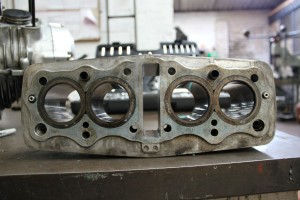
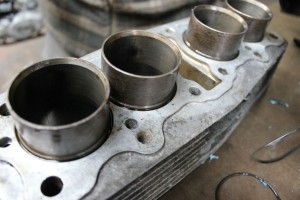
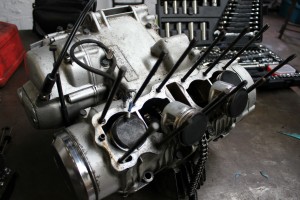
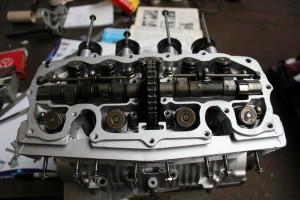
Pingback: Stotfold Engineering Company Limited » Honda CB400 engine rebuild part 1